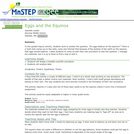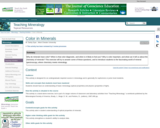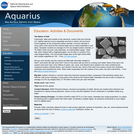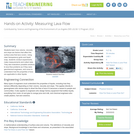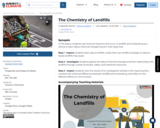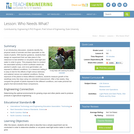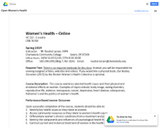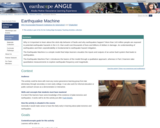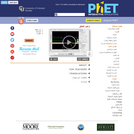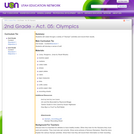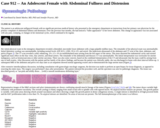
(This case study was added to OER Commons as one of a batch of over 700. It has relevant information which may include medical imagery, lab results, and history where relevant. A link to the final diagnosis can be found at the end of the case study for review. The first paragraph of the case study -- typically, but not always the clinical presentation -- is provided below.)
Her initial physical exam in the emergency department revealed a distended, non-tender lower abdomen with a large palpable midline mass. The remainder of her physical exam was unremarkable. Initial laboratory workup was unremarkable, including normal levels AFP, hCG, LDH, CEA-125, and estriol. She underwent ultrasound of the abdomen and CT scan of the chest, abdomen, and pelvis (Figure 1). The CT scan revealed a solid, enhancing, 19 x 12 x 10 cm multilobulated mass arising from the left aspect of the uterus. This mass distorted the endometrial cavity and exerted significant mass effect on the iliac veins, iliac arteries, and distal ureters. The remainder of the abdominal and thoracic CT was unremarkable. The initial interpretation was worrisome for uterine malignancy, such as leiomyosarcoma or other uterine sarcomas. There was also some concern, based on the combined interpretation of the CT and ultrasound, that the mass could be arising from one or both ovaries. After discussion with the patient and her family of the above findings, and because the patient was clinically stable, she was discharged to home with short interval follow-up. A subsequent MRI of the abdomen and pelvis two days later as an outpatient showed normal appearing ovaries and re-demonstrated the large uterine mass (Figure 2).
- Subject:
- Applied Science
- Education
- Health, Medicine and Nursing
- Life Science
- Material Type:
- Case Study
- Diagram/Illustration
- Provider:
- University of Pittsburgh School of Medicine
- Provider Set:
- Department of Pathology
- Author:
- Daniel Marker
- Jennifer Picarsic
- Date Added:
- 08/01/2022








